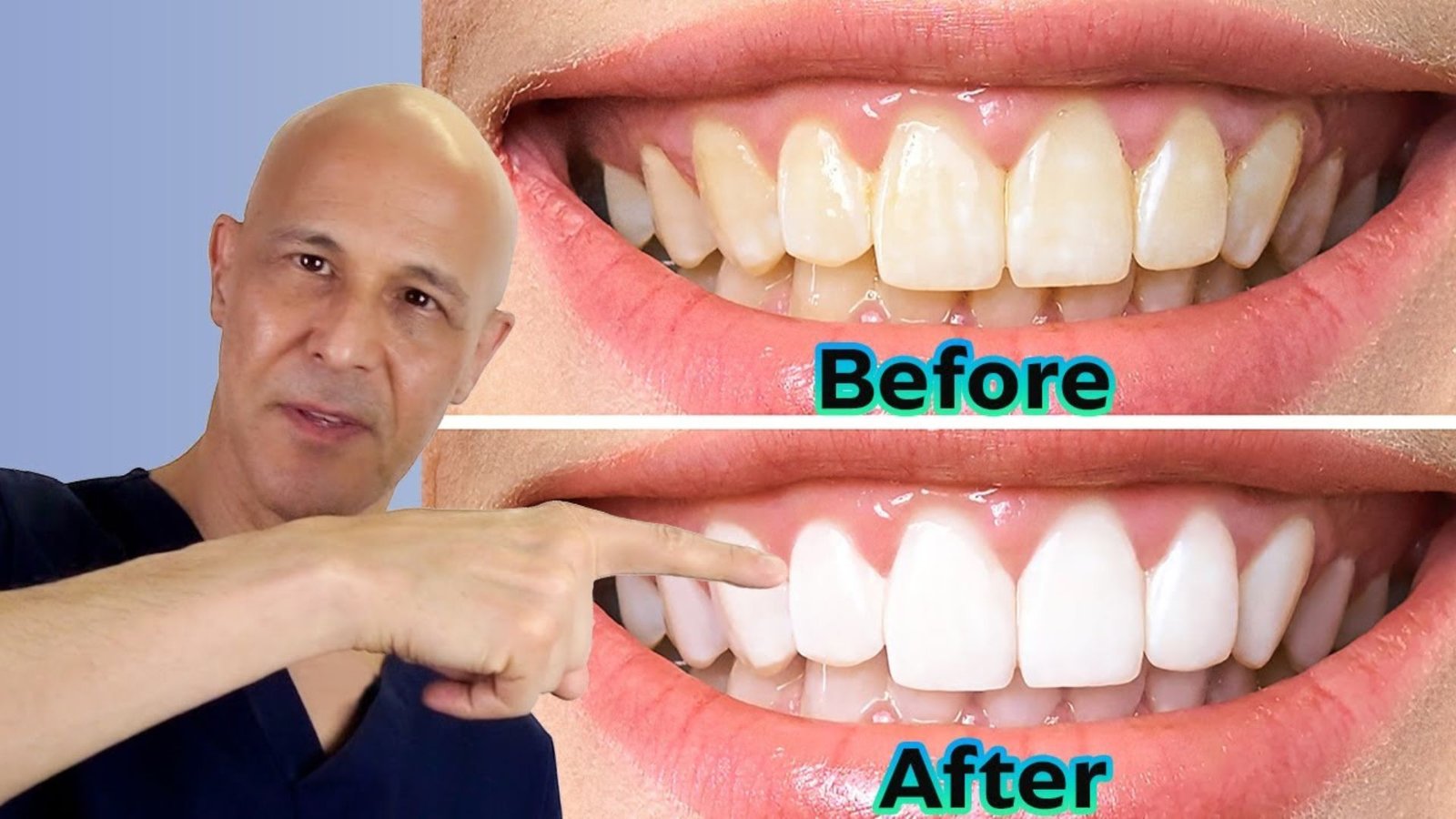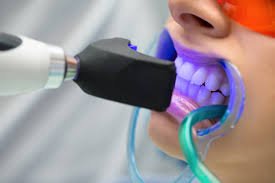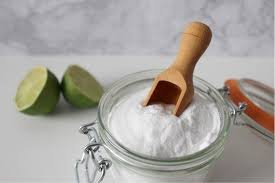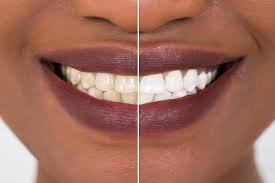A bright, white smile can boost your confidence and enhance your appearance. While many turn to professional whitening treatments or at-home whitening products, there are also several natural methods that claim to help whiten your teeth. But do these methods really work, and are they safe for your teeth? In this article, we’ll explore some of the most popular natural teeth-whitening techniques and discuss their effectiveness.

Baking Soda
Baking soda is one of the most well-known natural whitening agents. It’s mildly abrasive, which helps to scrub away surface stains on your teeth. Many toothpaste brands include baking soda as an ingredient for its cleaning properties.
How it works: Baking soda doesn’t bleach teeth, but its abrasiveness helps remove surface stains caused by food and drink. When used correctly, it can make your teeth appear whiter over time.
How to use it: You can create a paste by mixing baking soda with a small amount of water. Gently brush your teeth with this mixture for about two minutes, two to three times a week.
Does it work? Yes, baking soda can help remove surface stains, but it doesn’t provide the dramatic whitening results that some professional treatments offer. It’s a good option for maintaining the whiteness of your teeth.
Hydrogen Peroxide
Hydrogen peroxide is a mild bleach commonly used in professional whitening treatments. It’s also found in some over-the-counter whitening products. Hydrogen peroxide has been shown to lighten teeth by breaking down stains and whitening the enamel.
How it works: Hydrogen peroxide has oxidizing properties that break down molecules in stains, effectively lightening the color of your teeth.
How to use it: You can use a diluted hydrogen peroxide solution as a mouth rinse or mix it with baking soda to create a paste. Use it once a day for a week or two, then take a break to avoid potential irritation.
Does it work? Yes, hydrogen peroxide is effective for teeth whitening when used correctly, but overuse or improper dilution can lead to irritation or damage to the enamel. It’s important to use it in moderation.
Activated Charcoal
Activated charcoal is a popular trend in natural teeth whitening. It’s made from carbon-rich materials, such as coconut shells, that have been heated to create small, porous particles. The idea is that the charcoal can absorb impurities and stains from the surface of your teeth.
How it works: Activated charcoal binds to compounds that cause stains and may help lift them from your teeth. However, it’s important to note that charcoal doesn’t bleach teeth, it simply removes surface stains.
How to use it: Wet your toothbrush, dip it into activated charcoal powder, and gently brush your teeth for two minutes. Rinse thoroughly to remove the charcoal particles.
Does it work? The evidence on activated charcoal is mixed. Some users report brighter smiles, while others find little to no change. It’s also abrasive, so excessive use may damage the enamel over time.
Oil Pulling
Oil pulling is an ancient practice that involves swishing oil around your mouth to remove bacteria and improve oral health. Coconut oil is the most commonly used oil for this method due to its pleasant taste and natural antibacterial properties.
How it works: Oil pulling works by trapping bacteria and plaque that can lead to discoloration, thus potentially preventing further staining. It’s not a direct whitening solution, but it can help maintain overall oral hygiene and improve the appearance of your smile.
How to use it: Take a tablespoon of coconut oil and swish it around in your mouth for 10–20 minutes. Spit out the oil and rinse your mouth with water. Do this daily for the best results.
Does it work? While oil pulling can help improve overall oral health and prevent staining, it’s unlikely to provide significant whitening results. However, it may support the effectiveness of other whitening techniques.
Apple Cider Vinegar
Apple cider vinegar (ACV) is an acidic liquid that is said to remove stains and whiten teeth. Its acidity helps break down plaque and debris on teeth, which can contribute to discoloration.
How it works: The acidic nature of ACV may help dissolve plaque and mineral deposits, making it easier to clean teeth. However, the acidity can also erode enamel if used too frequently or in high concentrations.
How to use it: Dilute apple cider vinegar with water (about 1 part vinegar to 2 parts water). Swish it around in your mouth for 30 seconds to a minute, then rinse with water to remove any acid residue.
Does it work? Apple cider vinegar can help remove surface stains, but its acidity can also wear down enamel if overused. It’s important to use ACV in moderation and only as a part of your oral care routine.
Conclusion
When it comes to natural teeth-whitening methods, there are several options that may help you achieve a brighter smile. Baking soda and hydrogen peroxide are the most effective and commonly used methods for removing surface stains. Activated charcoal and oil pulling can offer oral health benefits but may not provide dramatic whitening results. Apple cider vinegar and strawberries have potential, but they should be used with caution to avoid damaging enamel.










